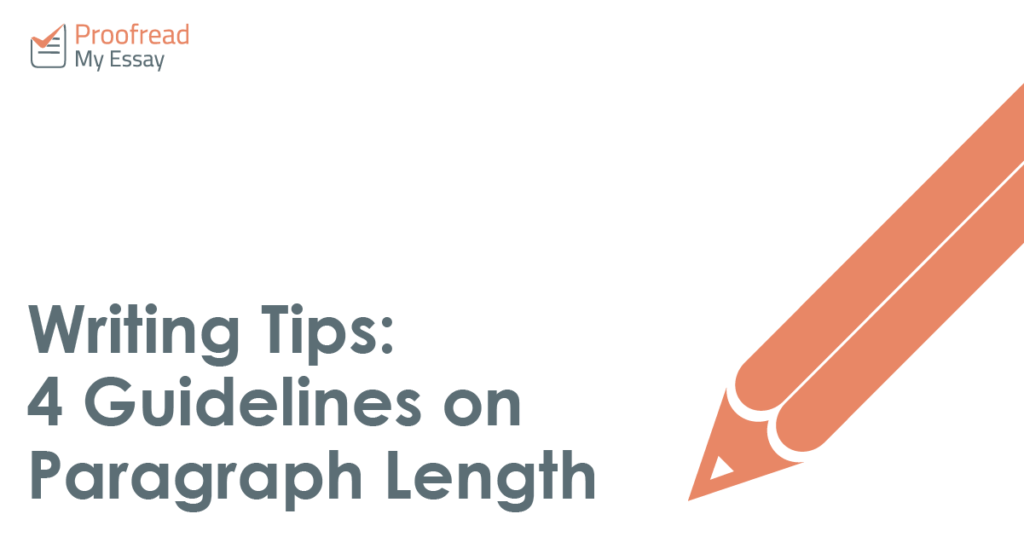Paragraphs help us structure our ideas, making them essential to most writing (from academic essays to romantic novels). But knowing when to hit the ‘Enter’ key and start a new one can be tricky. To help out, then, we’ve prepared this quick guide to paragraph length.
1. The Purpose of a Paragraph
First of all, we need to think about what a paragraph does. Each paragraph should cover one main idea. You can then treat it like a mini-essay. Start with an introductory sentence to set out the subject. The rest of the paragraph will then be used to unpack and explain the introductory sentence.
You can also have successive paragraphs on the same broad topic, using linking sentences to show how they’re connected. Even then, though, make sure that each paragraph covers a single main issue or aspect of what you’re discussing.
2. Considering Context
Some recommend around 100-200 words as the optimal length for a paragraph. This is useful as a guideline, but it depends on the type of document you’re writing.
Academic essays, for example, will often use longer paragraphs, since they tackle complex ideas. On this blog, meanwhile, we use shorter paragraphs so that the text is easy to read on your computer screen.
As such, there is no ‘correct’ paragraph length that applies in all situations. Rather, you need to consider how formal the writing is, who will be reading it, and what you want to achieve.
Find this useful?
Subscribe to our newsletter and get writing tips from our editors straight to your inbox.
3. Mix It Up!
Whatever you’re writing, try to vary paragraph length a little. Using longer paragraphs is fine in an essay, for example, but if every single paragraph is 800 words long the document will be hard to read.
One good idea is using a short introductory paragraph when introducing a new topic or subject. You can then expand upon this in the subsequent paragraphs, but the shorter first paragraph will break up the text and help your reader follow your writing.
4. Editing Paragraphs
If you’re editing your work and find a paragraph that’s too long, you can break it down. Look for a point where the focus changes, even if only slightly (e.g. when shifting from outlining an idea to giving an in-depth example). Then you can add a line break and, if necessary, a linking sentence.
On the other hand, if you’ve used too many short paragraphs, think about whether any of them can be connected. This might be as simple as deleting a line break, but it could also involve moving passages around if you find similar information discussed in different places.
